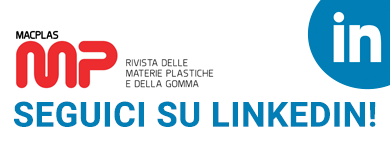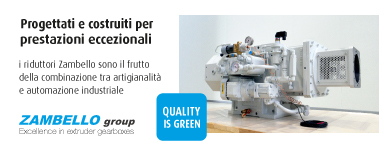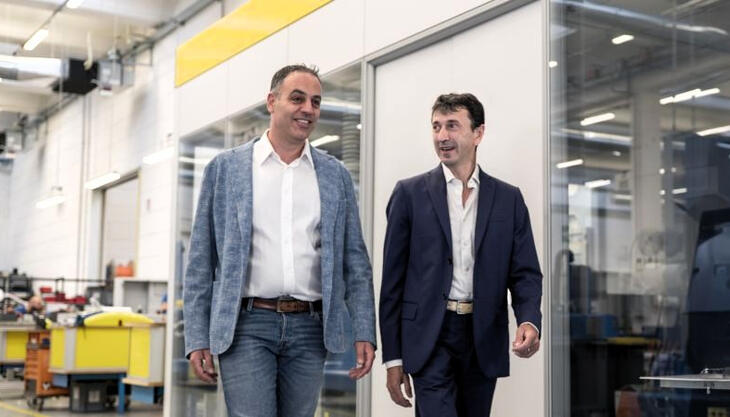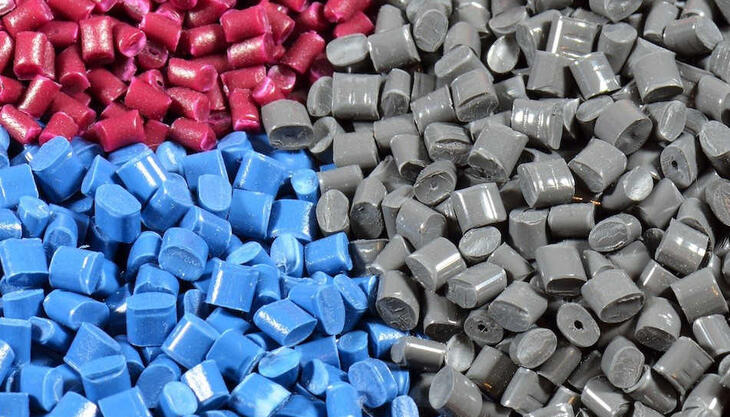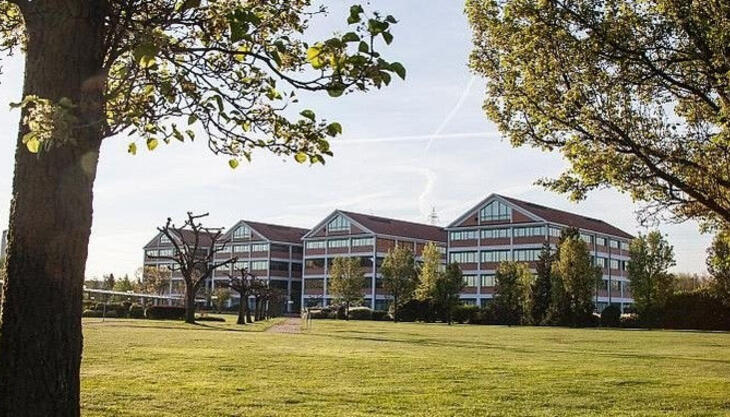Within the HiPerDry project, a consortium of twelve partners from industry and research will develop a new drying technology for hygroscopic plastics. The new approach combining microwave heating with superheated steam convective drying will not only lead to significant savings in energy costs, but also allow time efficient drying of thermo-sensitive bioplastics. A kickoff meeting has taken place in the course of the K 2013 in Düsseldorf.
The principal objective of the HiPerDry project is to create a significant advance over the State of the Art in hygroscopic plastics drying technology. The three year development programme will culminate in the testing and demonstration of a pilot plant. The new technology will combine microwave heating and super-heated steam drying and is expected to lead to a reduction in process energy costs of up to 50 % as well as a decrease in drying time and an increase in resulting product quality. Moreover, it will allow to efficiently dry heat-sensitive hygroscopic plastics, especially bioplastics, without the risk of material degradation.
The partners in this project are among Europe's leading plastics industry associations: Anaip (the Spanish Plastics Industry Association), Assocomaplast (Italian Plastics and Rubber Processing Machinery and Moulds Manufacturers' Association), BPF (the British Plastics Federation), Plastipolis (France) and GKV (the German Association of Plastics Converters). The consortium is furthermore joined and supported by technology providers Bierther (Germany), a manufacturer of drying systems, and Faperin (Spain), a producer of plastic parts for automotive and electrical applications. Heckmann Maschinenbau und Verfahrenstechnik (Germany) completes the consortium as machinery and system integrator.
These associations and enterprises from five different European countries form a strong transnational partnership to exploit and disseminate the foreground intellectual property developed in the project for the benefit of hygroscopic plastics-processing companies right across Europe. Together they commissioned the Fraunhofer Institute for Interfacial Engineering and Biotechnology (Germany), the Asociación de Investigación de Materiales Plásticos y Conexas (Spain), the Institut für Kunststofftechnik (Germany), and the Stichting Dienst Landbouwkundig Onderzoek at Wageningen University (Oland) with the research and development of the new drying system and an integrated sustainability impact assessment. The research receives funding from the European Union's Seventh Framework Programme (FP7).






